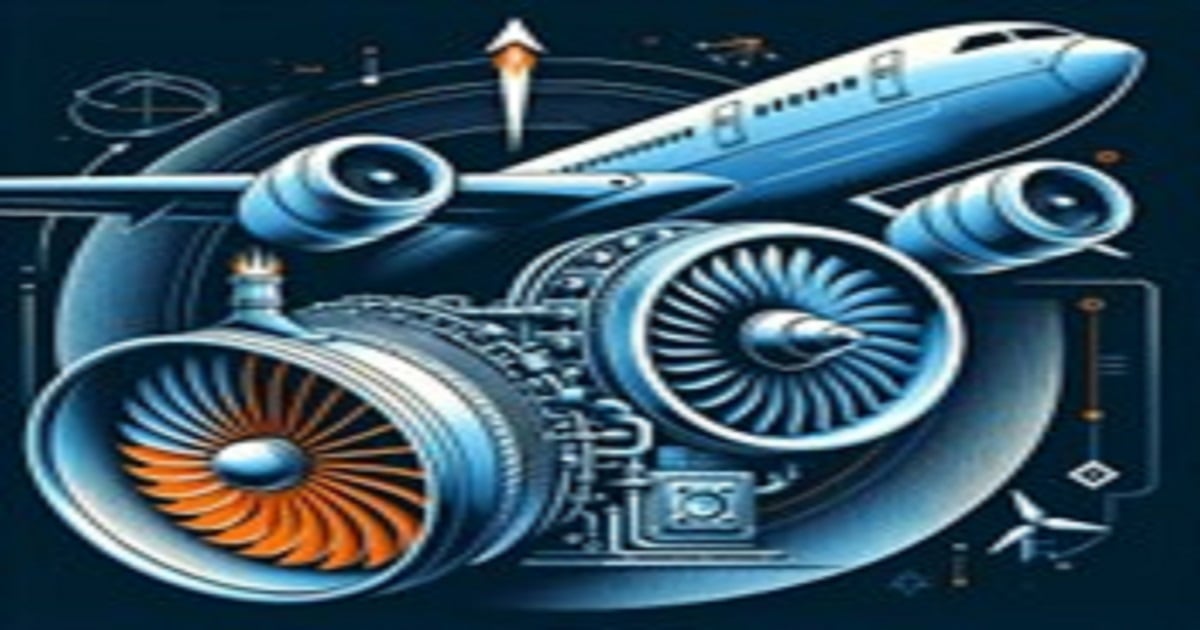Surface Engineering and Advanced Coatings
A special issue of Applied Sciences (ISSN 2076-3417). This special issue belongs to the section "Surface Sciences and Technology".
Deadline for manuscript submissions: 20 October 2024 | Viewed by 783

Special Issue Editor
Interests: gas turbine; environmental barrier coating; thermal barrier coatings; EB-PVD; gadolinium zirconate; bilayer; plasma-based coatings; coatings
Special Issue Information
Dear Colleagues,
The Special Issue will encompass a broader scope, covering various coating deposition technologies, including electron-beam physical vapor deposition (EB-PVD) and plasma-based techniques. This comprehensive focus aims to explore advancements in the field of coatings for aeronautic applications, emphasizing their role in enhancing engine efficiency and durability. These technologies are crucial for developing coatings with properties such as high strain tolerance, thermal insulation, and corrosion resistance. The issue will also delve into novel non-destructive testing methods for assessing coating integrity and stress, essential for ensuring operational safety and extending the lifespan of aerospace components.
Prof. Dr. Andrzej Nowotnik
Guest Editor
Manuscript Submission Information
Manuscripts should be submitted online at www.mdpi.com by registering and logging in to this website. Once you are registered, click here to go to the submission form. Manuscripts can be submitted until the deadline. All submissions that pass pre-check are peer-reviewed. Accepted papers will be published continuously in the journal (as soon as accepted) and will be listed together on the special issue website. Research articles, review articles as well as short communications are invited. For planned papers, a title and short abstract (about 100 words) can be sent to the Editorial Office for announcement on this website.
Submitted manuscripts should not have been published previously, nor be under consideration for publication elsewhere (except conference proceedings papers). All manuscripts are thoroughly refereed through a single-blind peer-review process. A guide for authors and other relevant information for submission of manuscripts is available on the Instructions for Authors page. Applied Sciences is an international peer-reviewed open access semimonthly journal published by MDPI.
Please visit the Instructions for Authors page before submitting a manuscript. The Article Processing Charge (APC) for publication in this open access journal is 2400 CHF (Swiss Francs). Submitted papers should be well formatted and use good English. Authors may use MDPI's English editing service prior to publication or during author revisions.
Keywords
- coating technologies
- EB-PVD
- plasma-based coating
- aeroengine coatings
- high-temperature resistance
- corrosion resistance
- strain tolerance
- thermal insulation
- non-destructive testing
- operational safety
Benefits of Publishing in a Special Issue
- Ease of navigation: Grouping papers by topic helps scholars navigate broad scope journals more efficiently.
- Greater discoverability: Special Issues support the reach and impact of scientific research. Articles in Special Issues are more discoverable and cited more frequently.
- Expansion of research network: Special Issues facilitate connections among authors, fostering scientific collaborations.
- External promotion: Articles in Special Issues are often promoted through the journal's social media, increasing their visibility.
- e-Book format: Special Issues with more than 10 articles can be published as dedicated e-books, ensuring wide and rapid dissemination.
Further information on MDPI's Special Issue polices can be found here.





